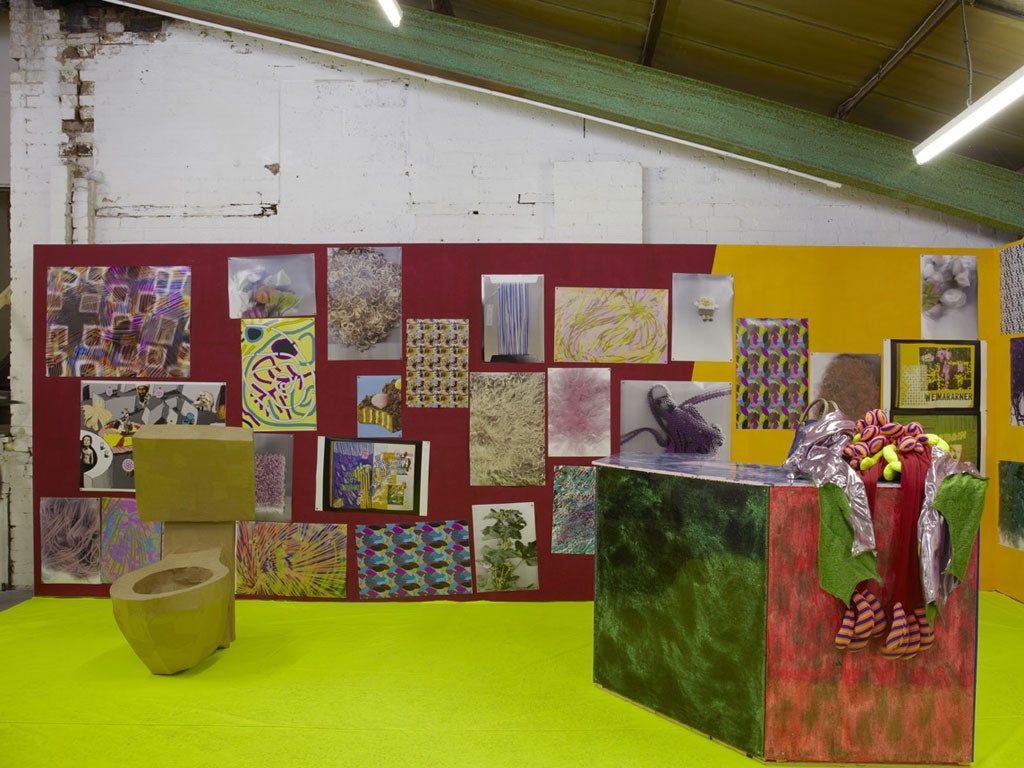The Event, Various venues, Birmingham

The old industrial spaces of Birmingham's Eastside have been blossoming gradually in recent years with an influx of artists' studios, galleries and artist-run spaces, and The Event was a week-long biennial art festival that celebrated this area and attempted to tie these spaces together. Now in its third edition, the festival was something of a mixed bag, but good projects gleamed from this post-industrial landscape where most effort had been made. At Eastside Projects, a gallery with a high-voltage output was Child, a video installation by the American William Pope.L, split around the space on to a series of screens and around fragmentary films sets including a bar, a sick room and a stage covered in soil. Shot around the local area, this surreal narrative was like a cross between Coronation Street and Mulholland Drive. Nearby artist studio space the Lombard Method staged a wildly ambitious show in which they invited similarly overactive organisations from across the country to contribute a slice of their thoughtful programmes. Grand Union's tag-team style project, in which four curators each proposed a work one after the other, produced a complex show of strong works on the theme of shadows and reflections including Simon Faithfull's silhouette of an Istanbul skyline that is purportedly directly opposite the gallery as the crow flies, which changes with the light.
While the majority of the exhibitions are open for longer than The Event, the festival's centrepiece was Bratislava-based Boris Ondreicka's project, Symposion, which was a salon-style evening of events and performances on Saturday night, during which a selection of artists and writers (dressed in togas and false moustaches) were invited to reimagine Plato's Symposium and to give a speech in praise of love. Emily Roysdon encouraged the audience to act as a human megaphone, by suggesting that they spontaneously repeated words after her, as she spoke of love and bravery; poet Karl Holmqvist sung a strangely moving, almost toneless, song, his voice reminiscent of a computer raking over ballads and trying to process them, and writer Jan Verwoert gave a short lecture, informed by psychoanalysis, on the failure of boy-meets-girl romances before switching to a hopeful take on failure, demonstrated in the transformation of Bob Dylan's cruel break-up ballad "It Ain't Me Babe", into something beautiful and strangely freeing when performed several times over by Johnny Cash and June Carter, throughout their long, difficult relationship. Continuing the "covers theme", the evening ended with Ondreicka's collection of seemingly hundreds of covers of Joy Division's "Love Will Tear Us Apart", which went on into the night.
Join our commenting forum
Join thought-provoking conversations, follow other Independent readers and see their replies
Comments
Bookmark popover
Removed from bookmarks